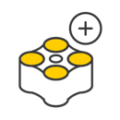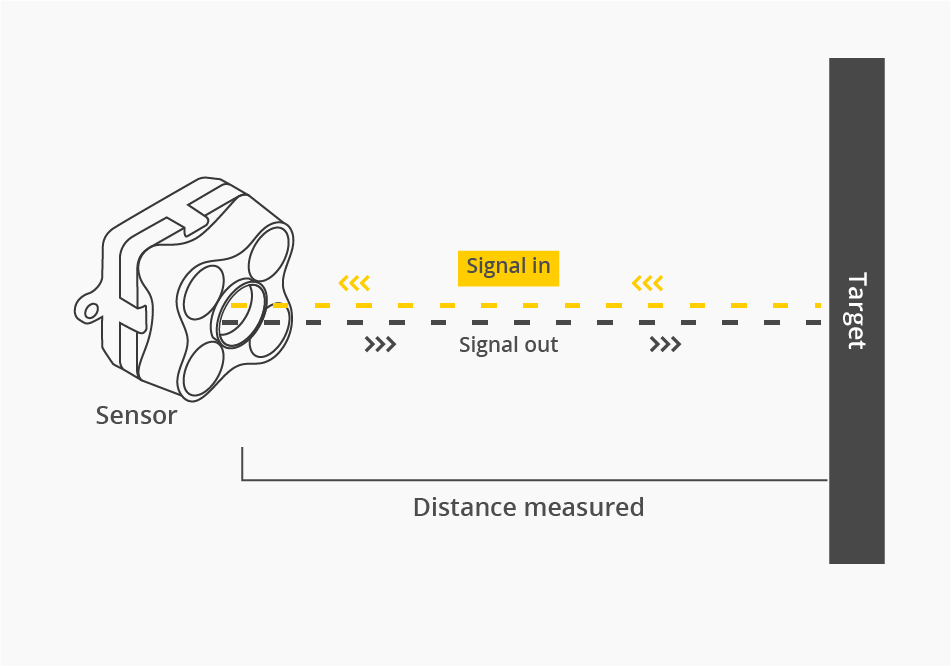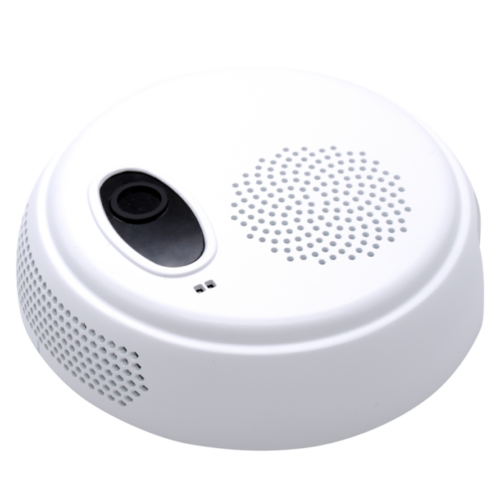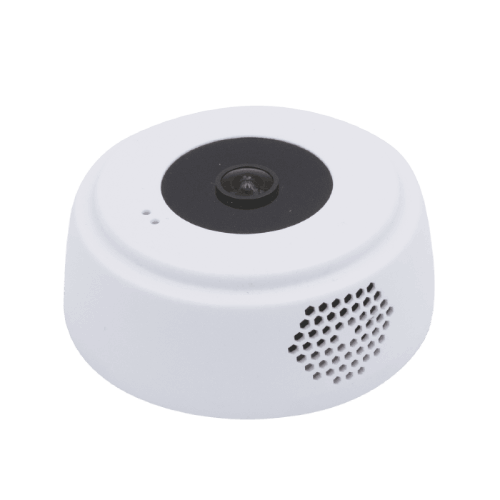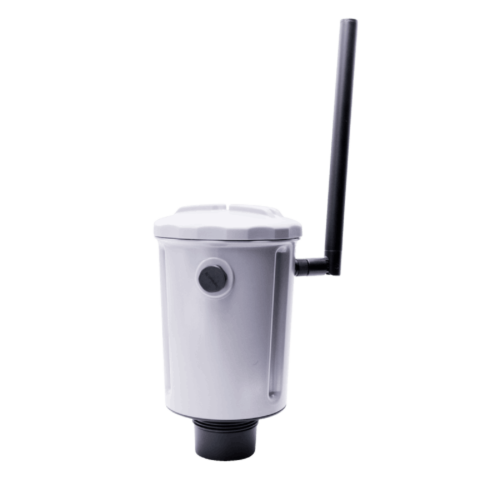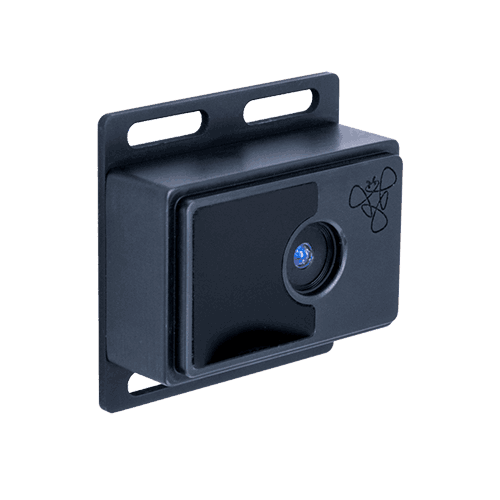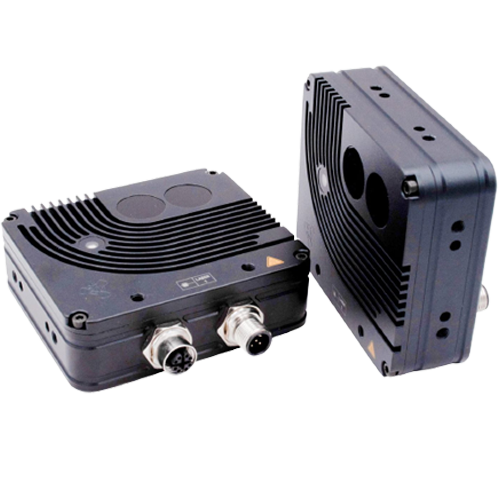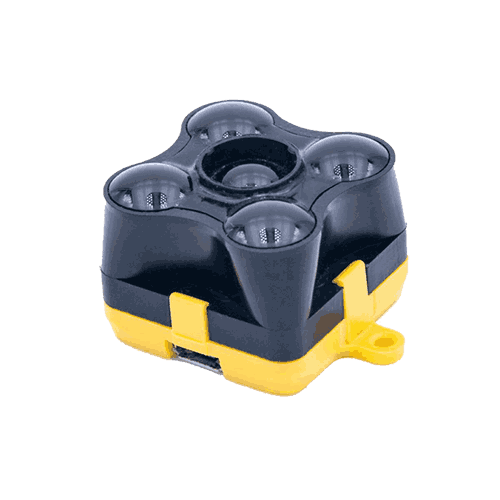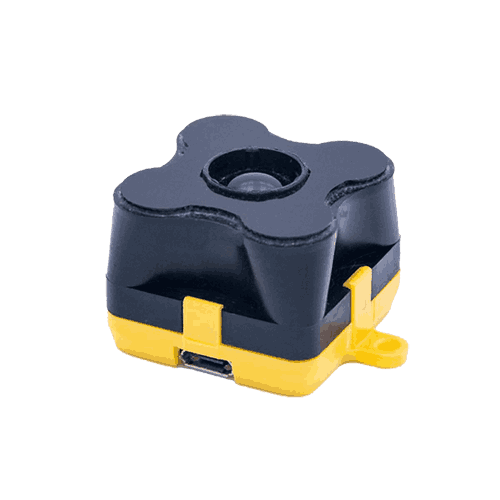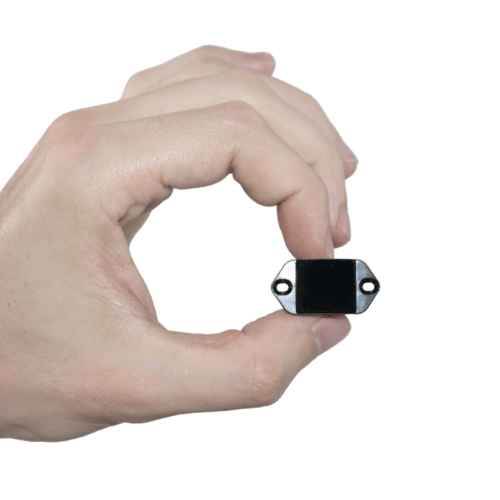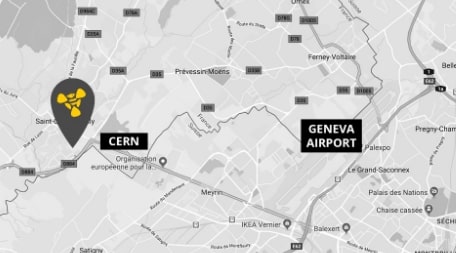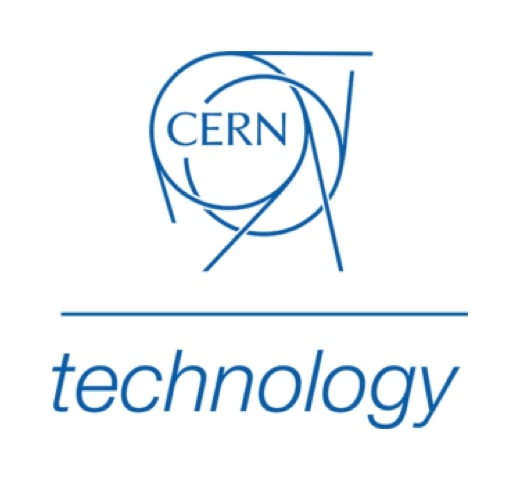Time-of-Flight principle
WHAT IS THE TIME-OF-FLIGHT PRINCIPLE? - THE BASICS
The Time-of-Flight principle (ToF) is a method for measuring the distance between a sensor and an object, based on the time difference between the emission of a signal and its return to the sensor, after being reflected by an object. Various types of signals (also called carriers) can be used with the Time-of-Flight principle, the most common being sound and light.
TeraRanger sensors use light as their carrier because it is uniquely able to combine higher speed, longer range, lower weight, and eye-safety. By using infrared light we can ensure less signal disturbance and easier distinction from natural ambient light, resulting in the highest performing distance sensors for their given size and weight.
TIME-OF-FLIGHT PRINCIPLE: INDIRECT VS. DIRECT TOF SENSORS
All Time-of-Flight (ToF) sensors measure distances using the time that it takes for photons to travel between two points, from the sensor’s emitter to a target and then back to the sensor’s receiver.
Indirect and direct ToF both offer specific advantages in specific contexts. Both can simultaneously measure intensity and distance for each pixel in a scene.
Direct ToF sensors send out short pulses of light that last just a few nanoseconds and then measure the time it takes for some of the emitted light to come back. Indirect ToF sensors send out continuous, modulated light and measure the phase of the reflected light to calculate the distance to an object.

TIME-OF-FLIGHT PRINCIPLE TECHNOLOGY COMPARISON
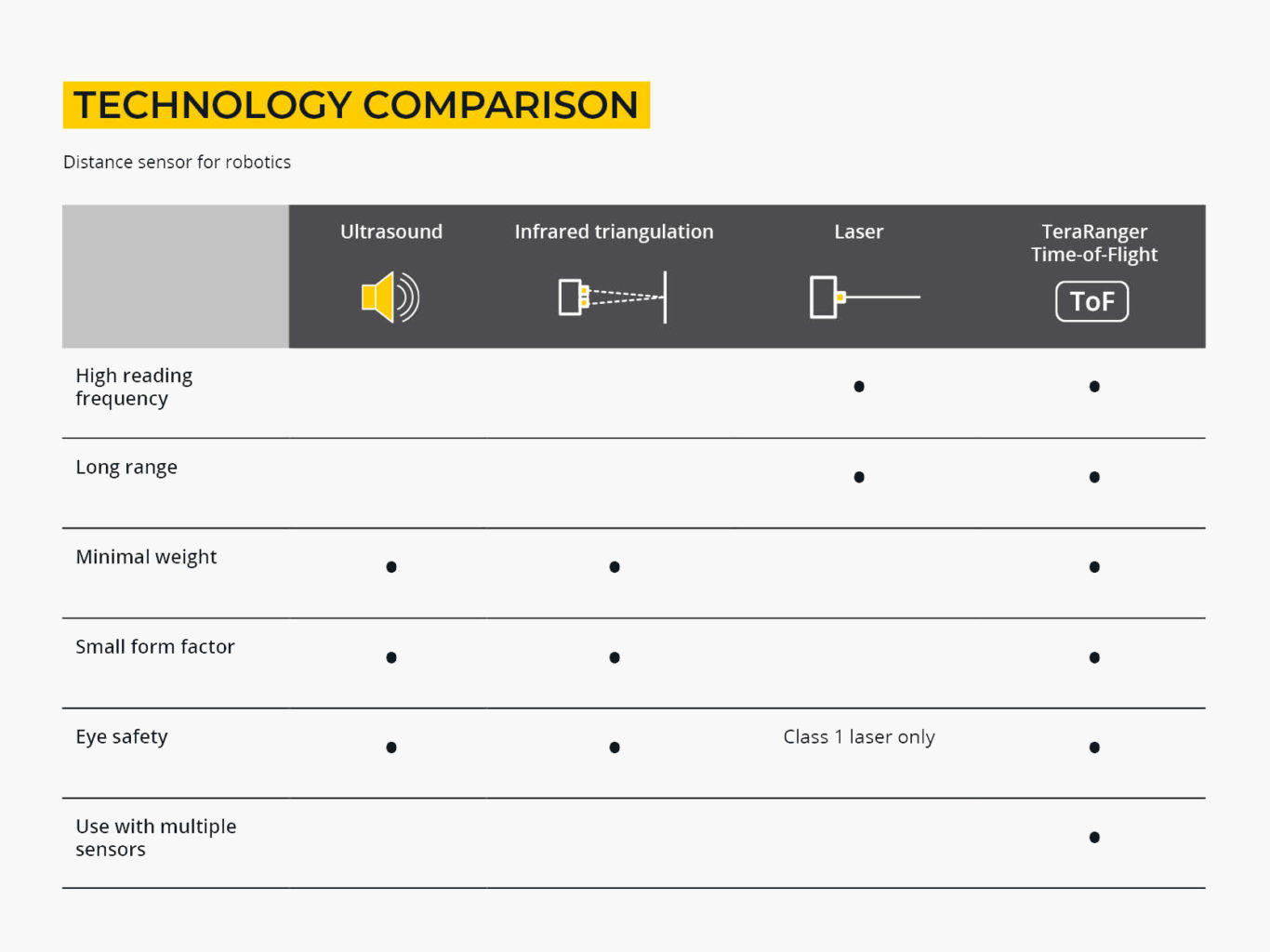
TIME-OF-FLIGHT APPLICATIONS: TIME-OF-FLIGHT PRINCIPLE IN ACTION
ToF sensors in people counting
Conventional imaging systems are great for capturing basic information about an object or a scene but fail to give an accurate impression of distance. Human perception is such that we can often intuit the depth of field in a photograph and understand – albeit vaguely – how far away the sensor is positioned from the subject. Autonomous systems like people counters and motion detectors have no such luxury. They rely on the Time-of-Flight principle to calculate the distance between a sensing element and the subject/s of interest.
Time-of-Flight (ToF) sensors have proven a revolutionary concept in people counting applications worldwide. With the utmost precision guaranteed and unique considerations in place regarding personal privacy and data protection, ToF sensors enable people counting applications which offer superb insights into a variety of key business metrics, from periodic occupancy counting to space optimization.
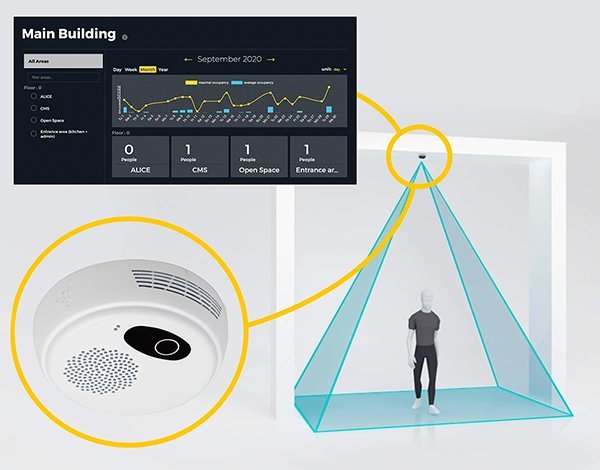
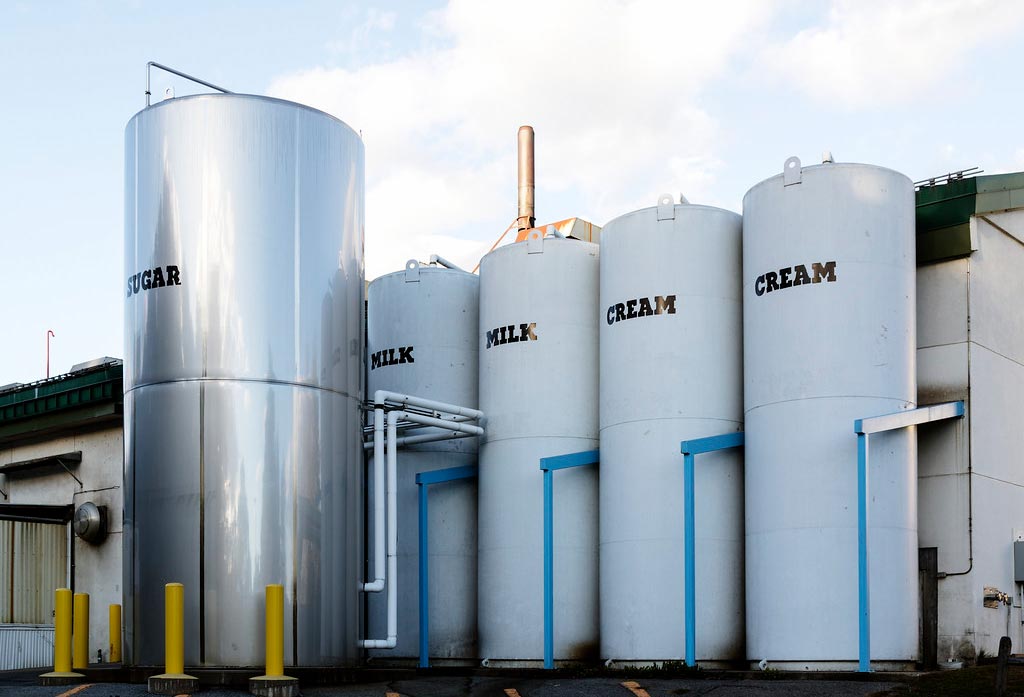
ToF sensors to provide accurate stock monitoring
Continuously measure fill and stock levels of solid, powder or liquid materials using Tredecile’s optical Time-of-Flight (ToF) technology – be it in silos, bins, tanks, stockpiles and more! Go for application-ready level monitoring products for quick installations and on-the-edge data computing.
Tredecile'S TIME-OF-FLIGHT BENEFITS
Small and lightweight
ToF sensors are the small size and light weight while ensuring high performance level (a TeraRanger Evo weighs just 9g!). This means that sensors can be placed in locations not previously possible when using larger, heavier sensors. For smart buildings and level monitoring, this is a real advantage!
Long range
Despite their small size and light weight, tof distance sensors pack a powerful performance punch! TeraRanger Evo can measure distances at up to 60m range. And this is done with LED technology, not a laser! (See section on LED illumination.)
Fast refresh rates
ToF sensors are optimized for high-speed readings. In addition to being small and lightweight, high data refresh rates are central to our design ethos, making the sensors ideal for fast-moving applications, from counting people to industrial automation.
Led illumination
Instead of using laser emitters we use Infrared LED technology. This brings a number of important benefits.
- Eye-safety: TeraRanger sensors remain eye-safe in all conditions, with no need for Laser Class 1 safety precautions!
- Field-of-View: Rather than measuring a very small point, we can allow the emitted light to spread and form a Field-of-View. In many applications, this can be a distinct advantage. Imagine a sensor trying to detect a tree. With a laser, you might detect the leaves, or pass through the gaps and detect something much further away. In a robotics safety or anti-collision situation, this could spell disaster. With TeraRanger technology you are far more likely to detect the hazard you want to avoid. Generally, at 1m to the target, a TeraRanger One sensor is measuring an area approximately 4cm by 4cm.
- Power consumption: Compared to some laser devices, LED’s consume far less power; something all users relying on battery-power will enjoy.


